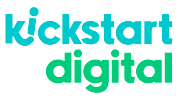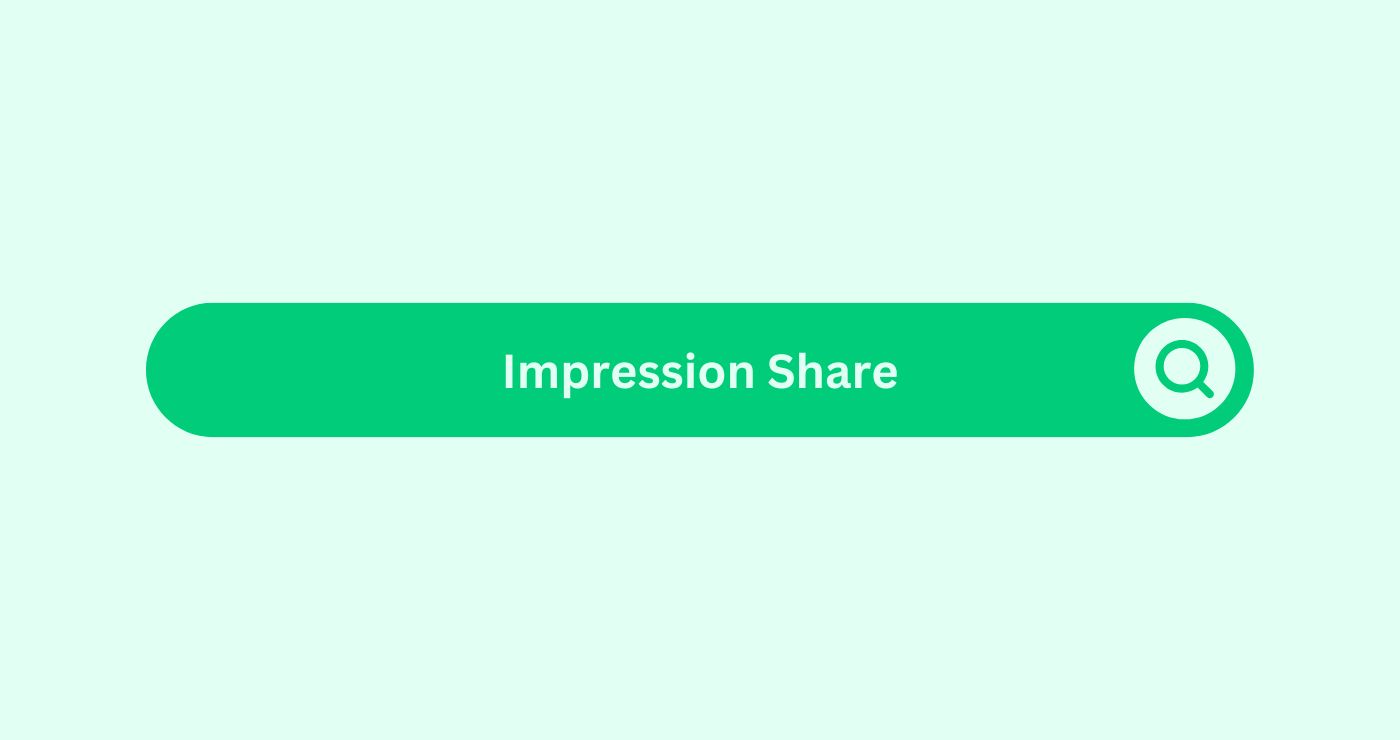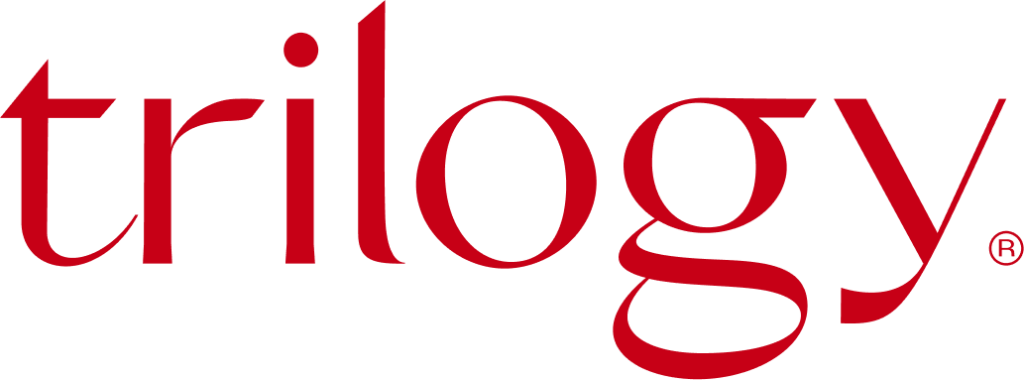Definition
Impression ShareDefinition Impression Share in SEO is the ad's received impr... is the percentage of impressionsDefinition Impressions track campaign effectiveness for digi... your ad (or content) actually receives. Divided by the total number of impressionsDefinition Impressions track campaign effectiveness for digi... it was eligible for in a given space or keyword auction. In simpler terms, it’s how often your content shows up compared to how often it could have shown up. It’s a crucial metric for anyone running paid searchDefinition Paid search, also known as pay-per-click (PPC) ad... ads or trying to dominate organic SERPs in competitive niches.
For example, if your Google Ad was eligible to appear 1,000 times but only showed 600 times, your impression shareDefinition Impression Share in SEO is the ad's received impr... is 60%. A low percentage usually signals that you’re missing opportunities—due to a limited budgetDefinition SEO budget is the money allocated for marketing a..., low bids, or low ad rankDefinition Ad rank calculates the position of an advertiseme.... For content strategists and paid ad specialists alike, this metric reveals whether your targeting, bidding, and quality scores are holding up against competitors.
Many Auckland SEO experts integrate AI-powered impression shareDefinition Impression Share in SEO is the ad's received impr... tracking with real-time performance data to refine targeting decisions and boost content visibility. AI doesn’t just track; it learns patterns, like when your impression shareDefinition Impression Share in SEO is the ad's received impr... dips during competitor promotions, and recommends optimised bid strategies or content adjustments.
Whether you’re working on a Google Ads campaign or organic content rollout, monitoring impression shareDefinition Impression Share in SEO is the ad's received impr... helps control brand visibility, competitive edge, and audienceDefinition The term "Audience" refers to the group of indivi... reach.
Real-World Example
A performance marketing agency running a Google Ads campaignDefinition An SEO campaign involves focused, Organised effor... for a local plumbing business sees their impression shareDefinition Impression Share in SEO is the ad's received impr... drop from 85% to 58%. Using AI insights, they identify increased competition during the weekends. The agency adjusts bidding windows and improves ad quality. Within 7 days, impression shareDefinition Impression Share in SEO is the ad's received impr... climbs back to 81%, resulting in a 22% increase in click-throughs without increasing ad spend.
Formulas & Calculations
| Metric | Formula |
|---|---|
| Impression ShareDefinition Impression Share in SEO is the ad's received impr... | (ImpressionsDefinition Impressions track campaign effectiveness for digi... ÷ Total Eligible ImpressionsDefinition Impressions track campaign effectiveness for digi...) × 100 |
| Lost IS (BudgetDefinition SEO budget is the money allocated for marketing a...) | 100 – Impression ShareDefinition Impression Share in SEO is the ad's received impr... (due to budgetDefinition SEO budget is the money allocated for marketing a... restrictions) |
| Lost IS (Rank) | 100 – Impression ShareDefinition Impression Share in SEO is the ad's received impr... (due to low quality scoreDefinition Quality Score is a metric that SEO uses to evalua.../ad rank) |
Key Takeaways
- Impression shareDefinition Impression Share in SEO is the ad's received impr... reveals how much visibility your content or ad earns.
- AI tools can predict shifts in impression shareDefinition Impression Share in SEO is the ad's received impr... based on seasonality, budgetDefinition SEO budget is the money allocated for marketing a..., and competition.
- A high Impression ShareDefinition Impression Share in SEO is the ad's received impr... in search means your keywordsDefinition Keywords are crucial for SEO success as they conn... are performing at full potential.
- Low share often flags underperforming content, poor bidding, or stiff competition.
- Content marketers can use this metric to optimise content scheduling and placement strategy.
FAQs
What is a good long-tail strategy to increase Impression Share in competitive industries?
Targeting highly specific long-tail keywordsDefinition Long-tail keywords are extremely targeted and par... helps increase Impression ShareDefinition Impression Share in SEO is the ad's received impr... by reducing competition and aligning better with search intent.
How does AI help improve my Impression Share in Google Ads?
AI analyses bidding trends, competitor behaviour, and peak engagementDefinition Engagement in content marketing refers to the deg... times to suggest changes that improve Impression ShareDefinition Impression Share in SEO is the ad's received impr... automatically.
Can I track organic content’s Impression Share like paid ads?
Yes, in tools like Google Search ConsoleDefinition Google Search Console is a free web service from ..., you can approximate Impression ShareDefinition Impression Share in SEO is the ad's received impr... through impressionsDefinition Impressions track campaign effectiveness for digi... vs. potential reach in SERPs—especially for localised terms like “digital marketing Auckland.”
What are the main causes of a low Impression Share?
BudgetDefinition SEO budget is the money allocated for marketing a... limitations, poor ad quality, low relevanceDefinition In SEO, relevance refers to the degree to which a... scores, and high competition are common reasons for low impression shareDefinition Impression Share in SEO is the ad's received impr....
How does Impression Share influence overall campaign performance?
High impression shareDefinition Impression Share in SEO is the ad's received impr... often correlates with better visibility, increased clicks, and improved ROI—making it essential for scaling content and ad campaigns.




